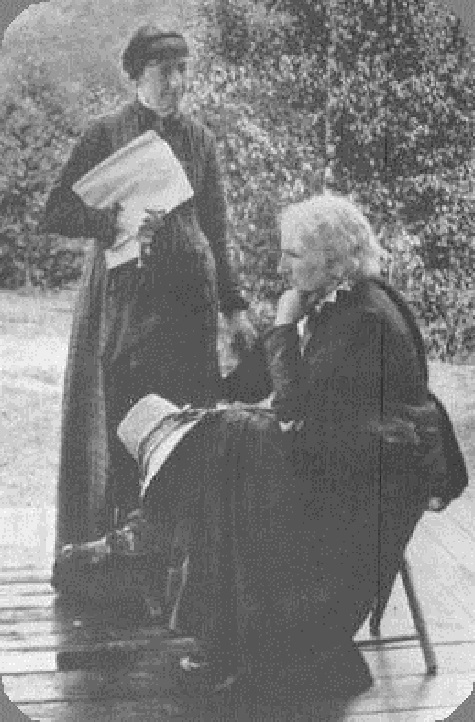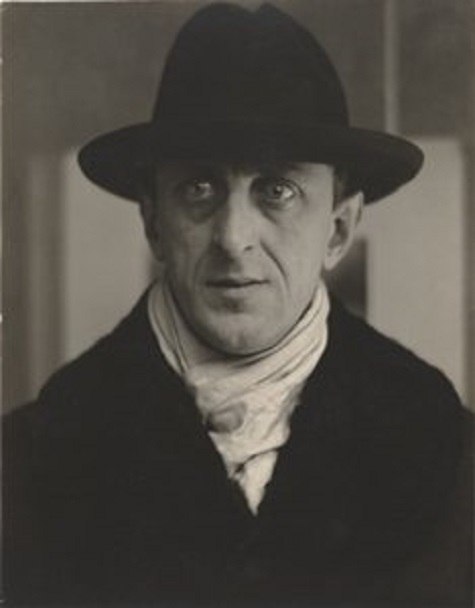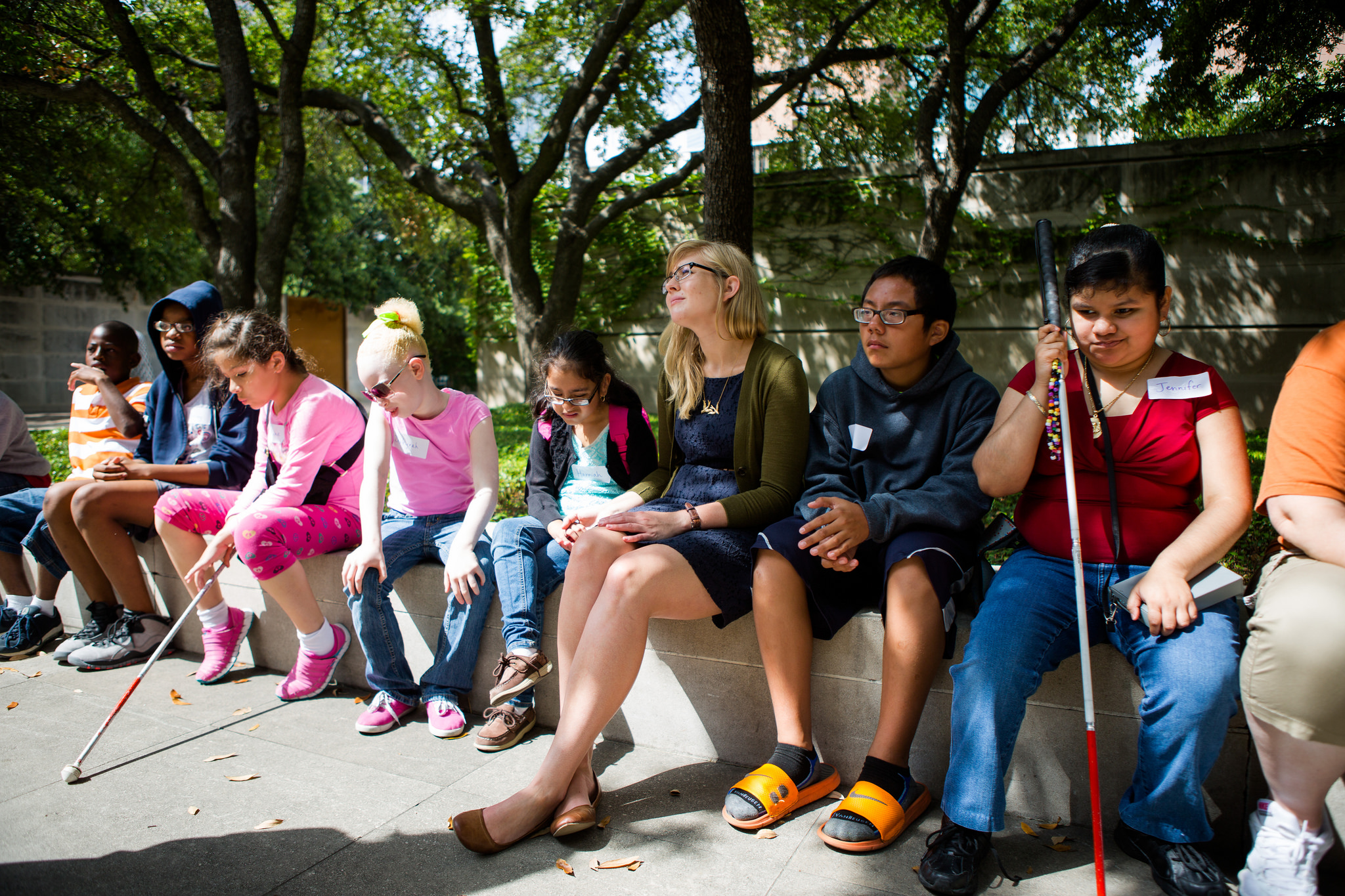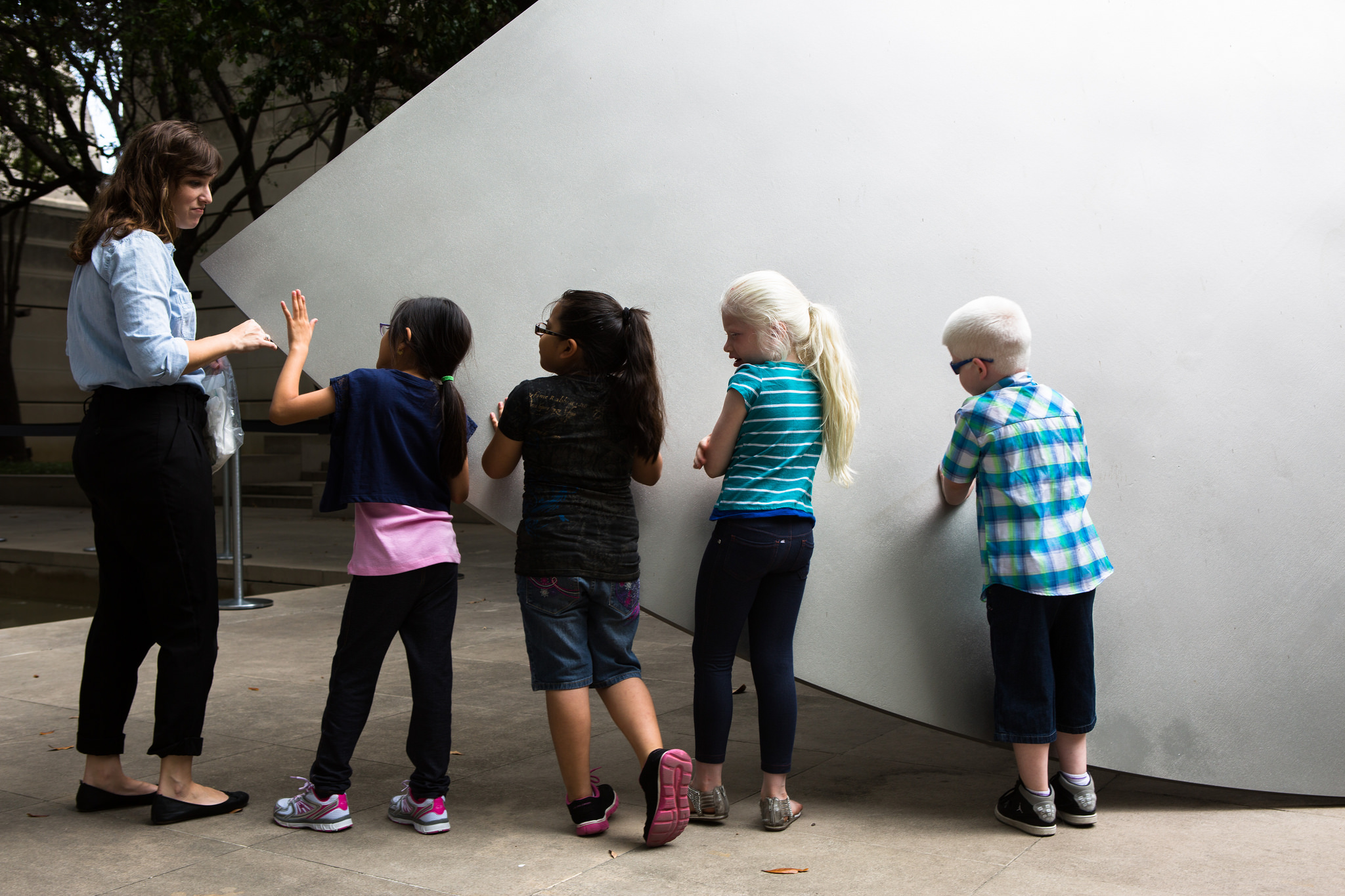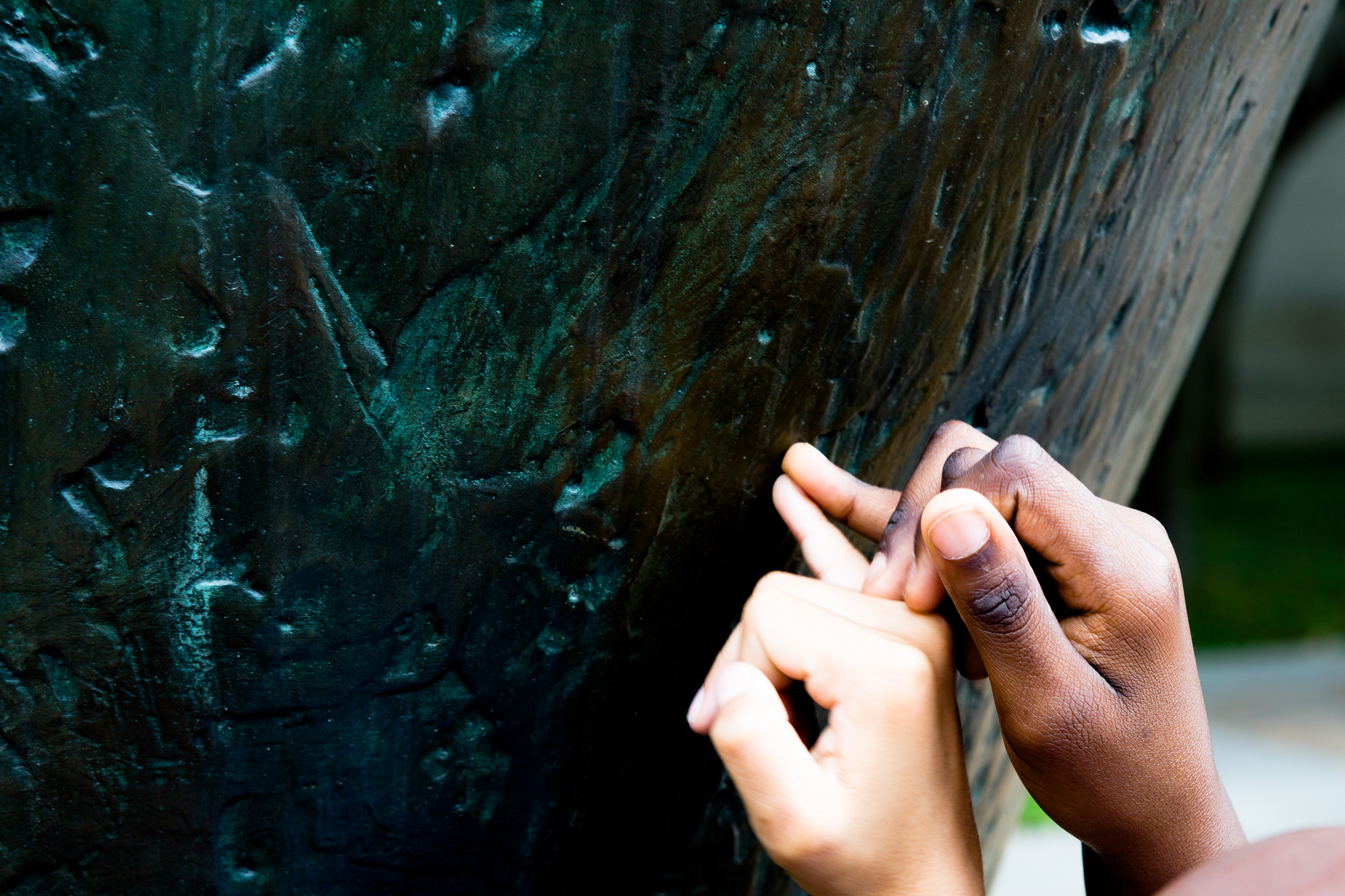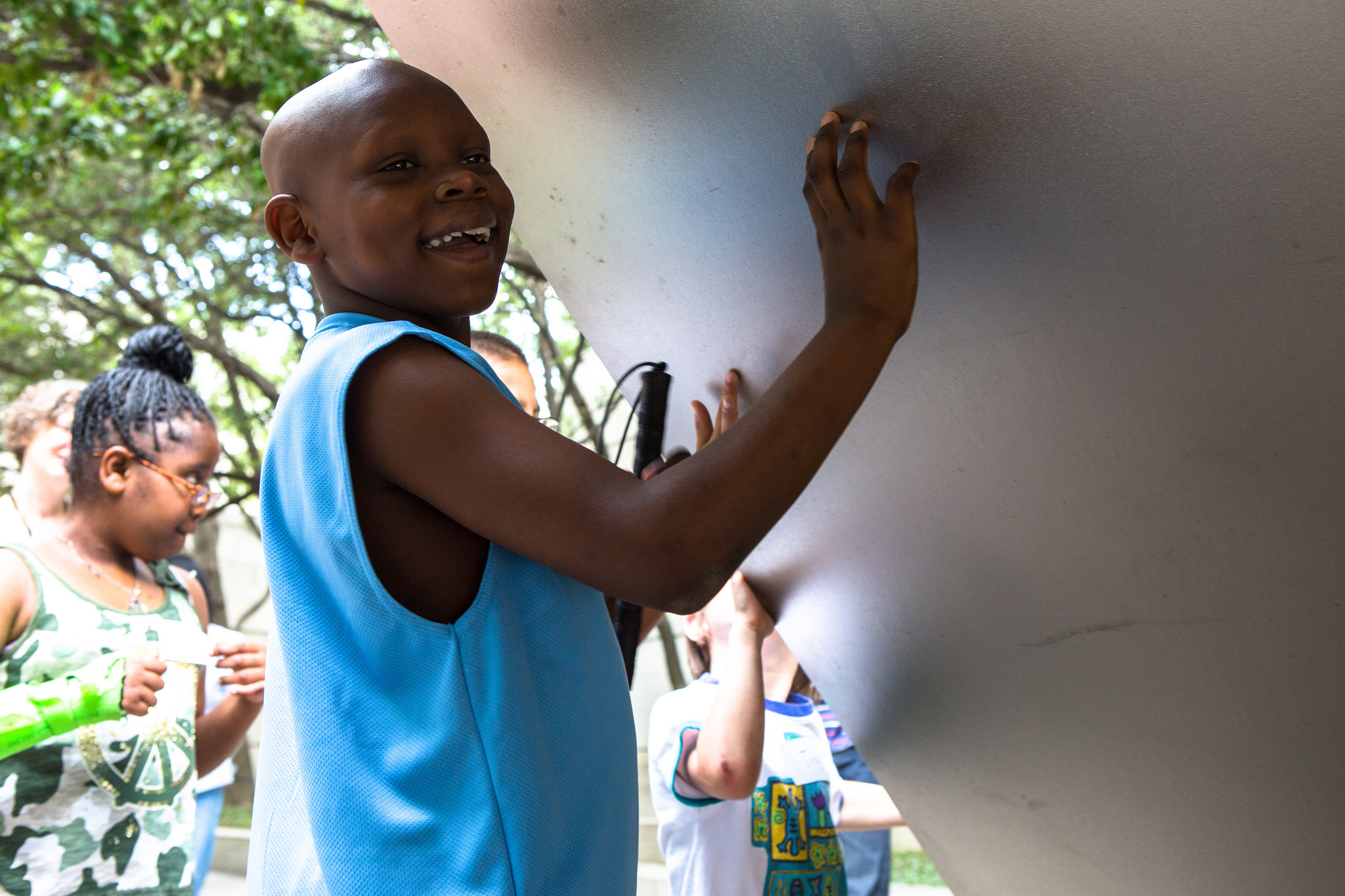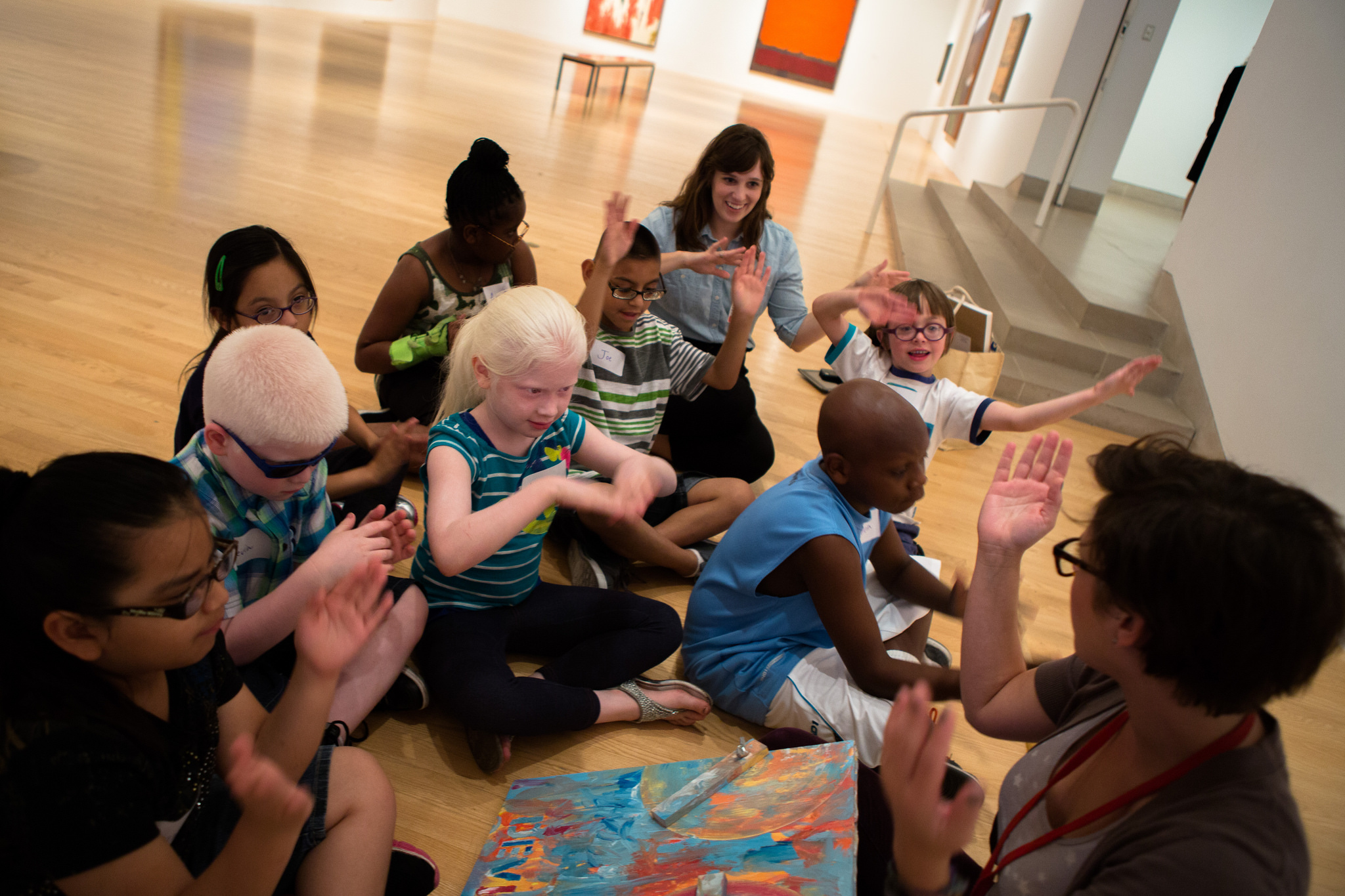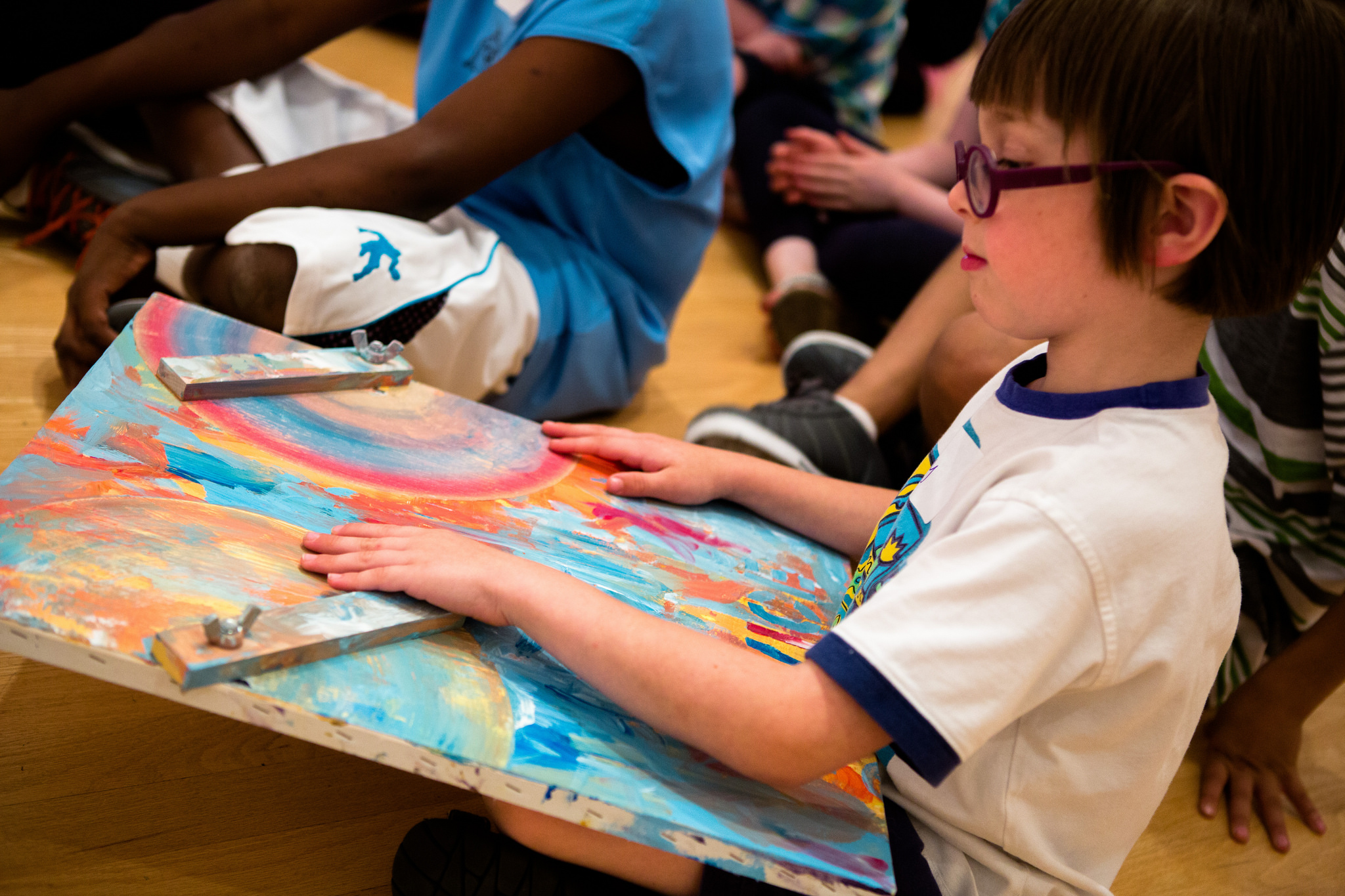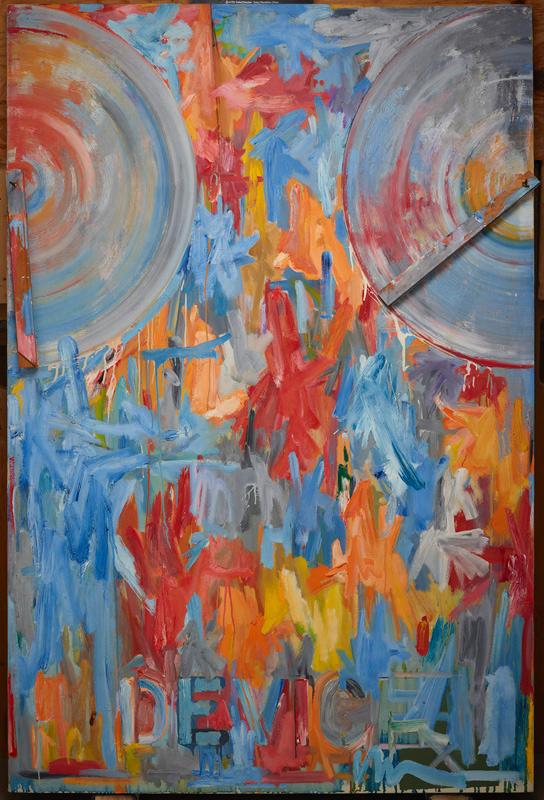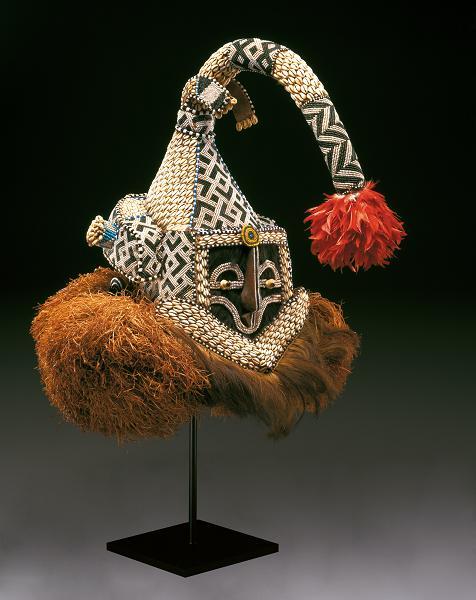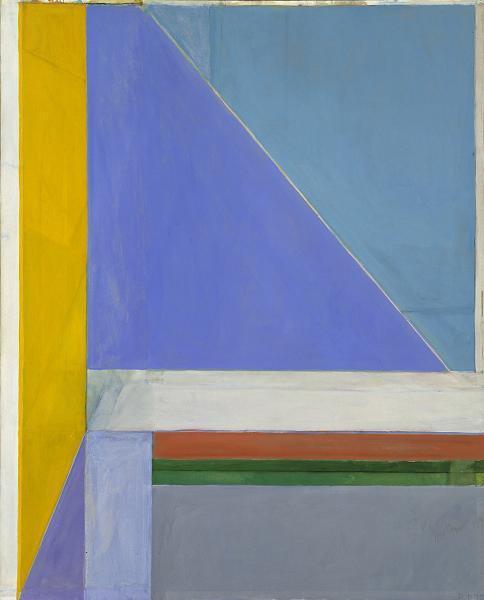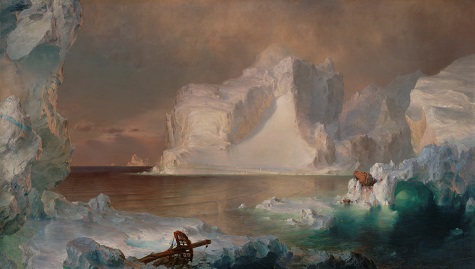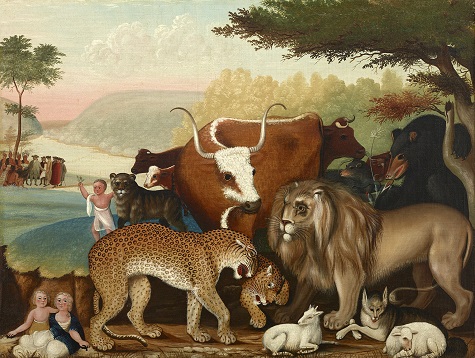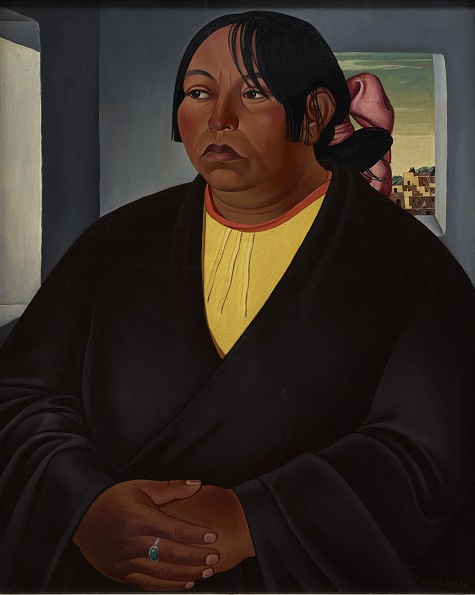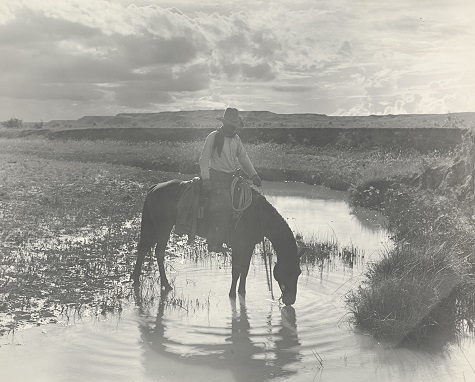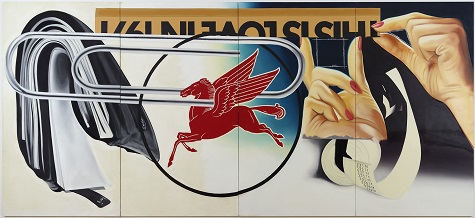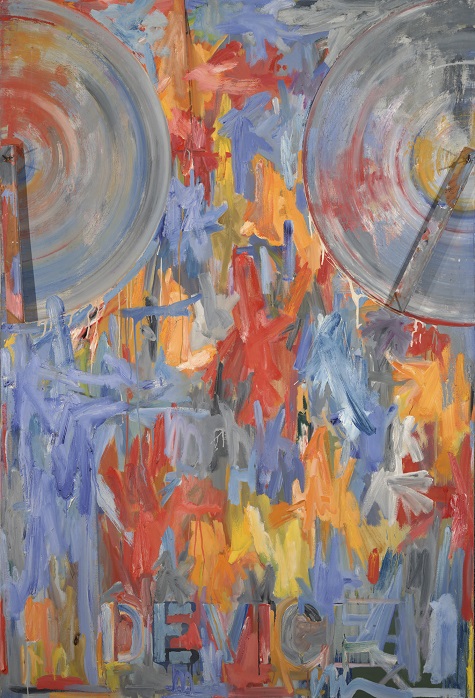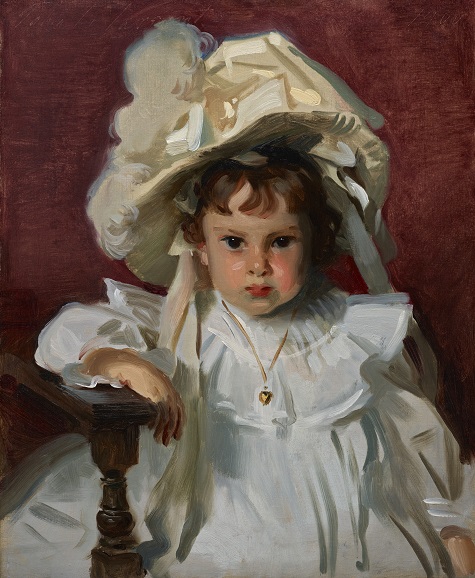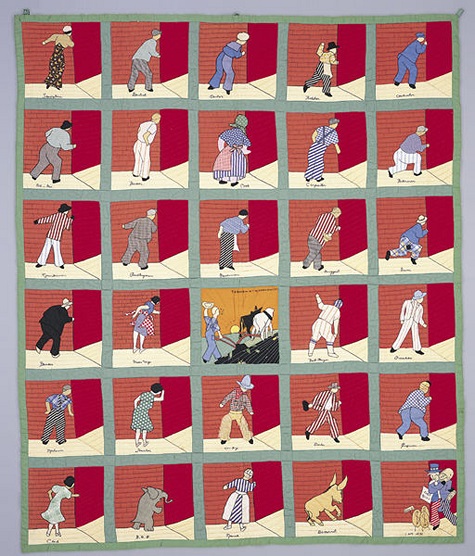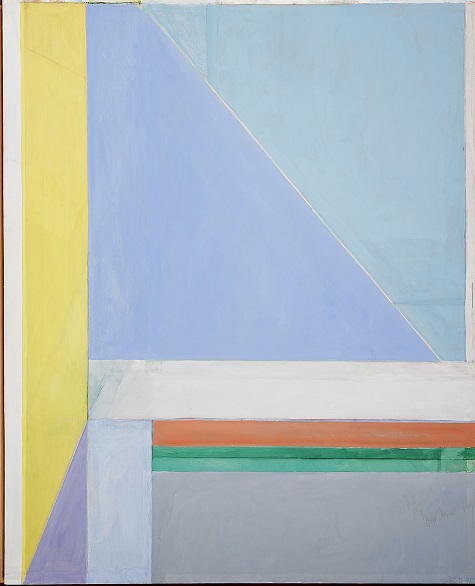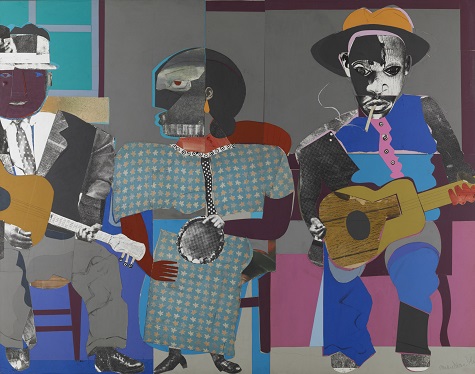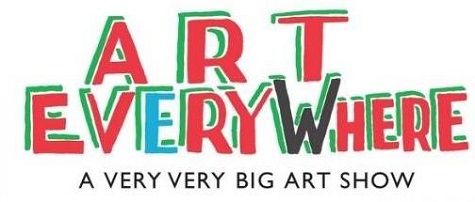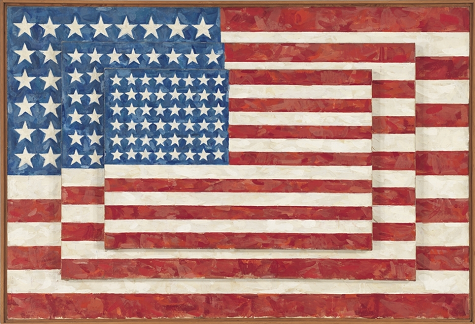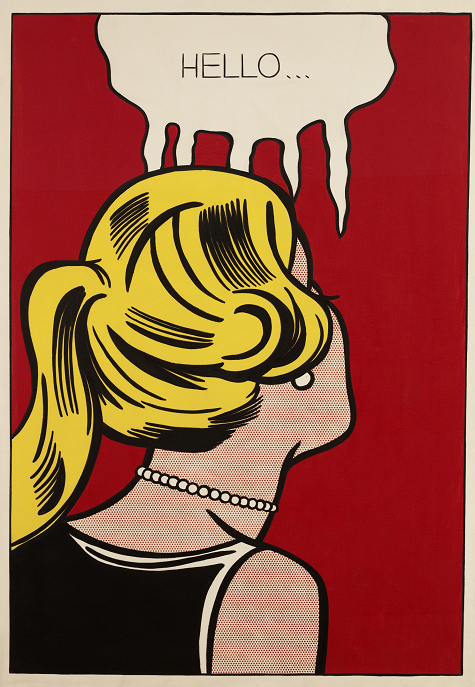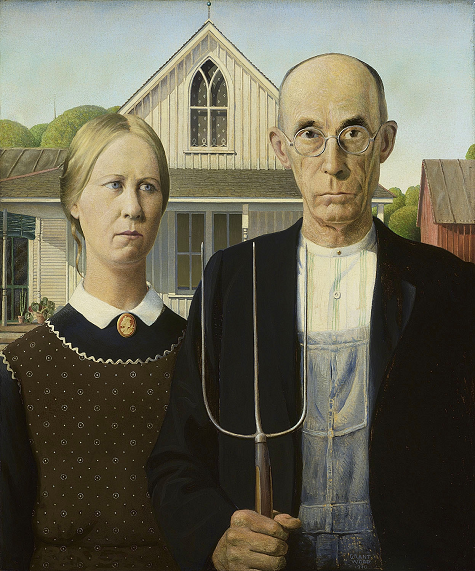In honor of LGBTQ (Lesbian, Gay, Bisexual, Transgender, Queer) History Month, I’ve researched some of the LGBTQ artists whose work can be found in the DMA’s collection to bring to light a piece of their lives that isn’t commonly referenced.
First, a quick side note: There is a lot of debate concerning how to historically categorize people who did not classify themselves as part of the LGBTQ community, either because they were living in a society that didn’t accept their identity or because the words simply did not exist. Below I’ll be including artists who had same-sex relationships, who identified as gay, bisexual, etc., or whose actions in today’s world would categorize them as LGBTQ.
Anne Whitney (1821–1915)
Born in 1821, Whitney fought to become an artist in a society that did not readily accept female sculptors; it was considered masculine, as opposed to more “feminine” artistic mediums like watercolor or drawing. She was also an avid abolitionist and advocate of gender equality.
Whitney’s relationship with Abby Adeline Manning, which lasted for over forty years, is frequently termed a “Boston Marriage.” These were characterized by two women—often with their own careers—living together and supporting themselves financially. Manning and Whitney were so close that they were buried next to one another under the same headstone.
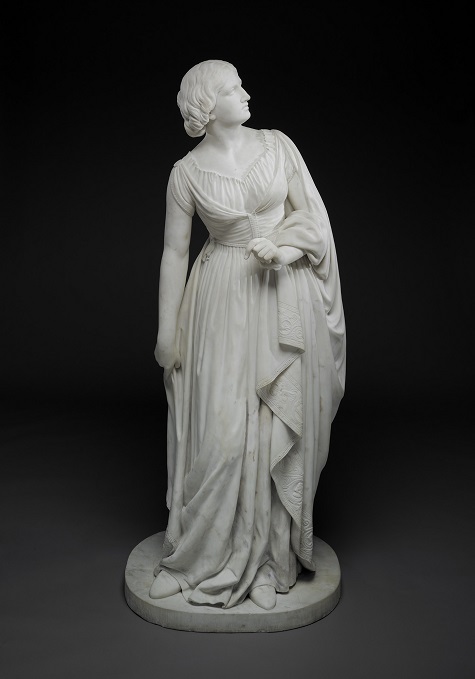
Anne Whitney, Lady Godiva, c. 1861-1864, marble, Dallas Museum of Art, gift of Dr. Alessandra Comini in memory of Dr. Eleanor Tufts, who discovered the Massachusetts-backyard whereabouts of this long-forgotten statue and brought it to Dallas
Whitney’s sculpture of Lady Godiva depicts the moment when she is about to remove her clothing before her famous ride through the streets. It was gifted to the DMA by Dr. Alessandra Comini in memory of Dr. Eleanor Tufts, who discovered the forgotten statue in a backyard in Massachusetts.
Marsden Hartley (1877–1943)
Hartley’s life was marred by periodic tragedies that informed much of his work. Losses included his siblings, mother, and numerous close family friends. Primarily a painter, Hartley spent much of his career wavering on the brink of financial insecurity.
During Hartley’s first trip to Europe in 1912, he was introduced to Karl von Freyburg, his cousin and rumored lover. After von Freyburg, a German soldier, was killed during battle in WWI, Hartley sank into a depression that would spur his work featuring German officers.
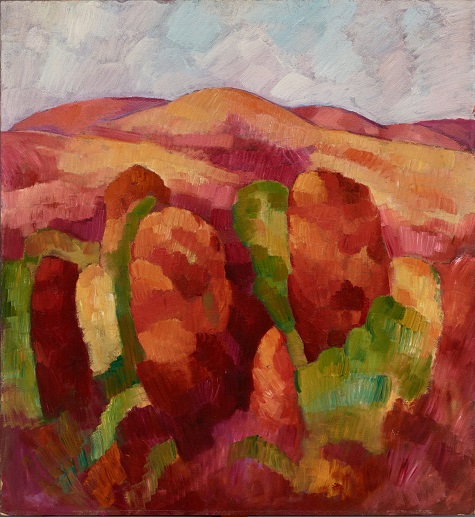
Marsden Hartley, Mountains, no. 19, 1930, oil on board, Dallas Museum of Art, The Eugene and Margaret McDermott Art Fund, Inc.
Mountains, no. 19 hangs in the DMA’s American Art Gallery. Its Cézanne-influenced shapes are coupled with the rich colors of an autumn day in New England.
Berenice Abbott (1898–1991)
Born in Springfield, Ohio, in 1898, Abbott traveled the world throughout her artistic career. She is most noted for her portraits of LGBTQ community members in 1920s Paris and photographs of 1930s-1960s New York. Abbott was very open about her lesbian love affairs in her early years, and was, at one time, involved with silverpoint artist Thelma Wood; however, given the increasingly conservative culture of America following the Great Depression, Abbott kept her love life a secret in her later years.
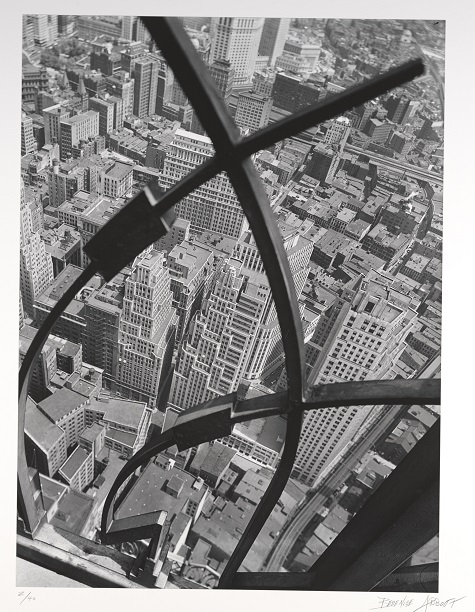
Berenice Abbott, City Arabesque, 1938, print 1983, gelatin silver print, Dallas Museum of Art, Foundation for the Arts Collection, gift of Morton and Marlene Meyerson, © date Estate of Berenice Abbott
The DMA is fortunate to have a large number of Abbott’s photographic prints, most of them detailing her work in urban architecture. This picture is notable for the curved lines juxtaposed against the rigid, harsh structures of the cityscape.
Other artists in the DMA’s collection who are also members of the LGBTQ community include:
Jasper Johns
Charles Demuth (who was a friend of Marsden Hartley)
David Hockney
Robert Mapplethorpe
Catherine Opie
While we know the month is nearing an end, you can celebrate these artists and more throughout the year in the DMA galleries.
Taylor Jeromos is the McDermott Education Intern for Adult Programming and Arts & Letters Live at the DMA.
